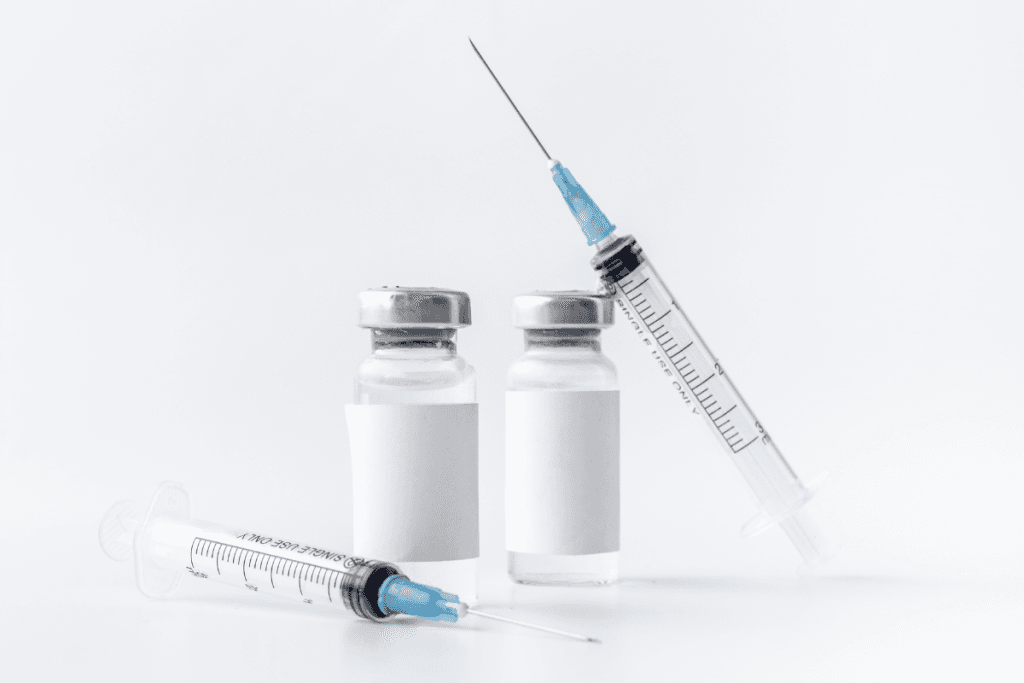As aesthetic treatments become more refined and personalized, choosing the right neuromodulator is essential for achieving smooth, natural-looking results. When comparing Xeomin vs Dysport, key differences in molecular structure, diffusion, and formulation purity set them apart. These factors enable practitioners to tailor treatments based on each patient’s facial anatomy, muscle activity, and previous response.
Mechanism of Action and Composition
Xeomin and Dysport are botulinum toxin type A products inhibiting acetylcholine release at the neuromuscular junction. However, their formulations are distinct.
Xeomin (incobotulinumtoxinA), approved in 2011, lacks accessory proteins, offering a purified formulation that may reduce the risk of neutralizing antibody formation over time. This “naked” formulation is particularly relevant for patients who require long-term or high-dose botulinum toxin therapy.
Dysport (abobotulinumtoxinA) includes complex proteins and has a lower molecular weight, contributing to its broader diffusion pattern. It was FDA-approved in 2009 and is well-studied in aesthetic and therapeutic contexts.
Onset and Duration of Effect
Dysport botox typically demonstrates an earlier onset of action in clinical settings, with visible effects noted within 2–3 days. The full effect is often observed by day 7.
While similar in onset, Xeomin injections may have a slightly delayed window, with initial effects appearing in 3–4 days and peak results achieved by days 7–10.
Both products offer comparable duration, typically maintaining efficacy for 12 to 16 weeks. However, individual metabolic variability, dosage, and muscle mass play substantial roles in longevity.
Diffusion Characteristics and Injection Precision
Dysport’s greater diffusion makes it ideal for treating larger muscle groups or expansive areas such as the forehead or platysma. It may also benefit patients with robust facial musculature, such as males.
Conversely, Xeomin’s more localized diffusion profile enhances precision in areas where control is paramount—for example, periorbital lines, glabellar complex, and perioral rhytids. This precision reduces the risk of unintended muscle relaxation in adjacent anatomical structures.
Formulation Purity and Immunogenicity
Xeomin is free of accessory proteins, which may lower the risk of antibody formation and treatment resistance over time. It’s a strong choice for patients needing frequent or high-dose treatments.
Dysport contains accessory proteins and may carry a slightly higher immunogenicity risk with repeated use. Still, it remains effective for many, especially when broader diffusion is desired.
Xeomin vs Dysport Cost Considerations
When comparing Xeomin botox to Dysport, it’s important to account for both dosing and per-unit cost. Xeomin is typically used at a 1:1 ratio, while Dysport generally requires more units to achieve similar results—often around 2.5 to 3 units per equivalent dose.
Although Dysport has a lower cost per unit, the higher dosing requirement can make the overall treatment cost comparable to Xeomin. Accurate dose conversion is crucial to ensure both cost-effectiveness and optimal treatment outcomes.
Patient Selection and Clinical Application
Choosing between Xeomin vs Dysport injections should be guided by patient-specific factors, including treatment area, desired onset speed, facial muscle bulk, treatment history, and immunologic concerns.
- Xeomin: Preferred for patients with prior exposure to botulinum toxins, localized treatment areas, or concerns regarding resistance.
- Dysport: Optimal for larger surface areas, patients desiring quicker onset, and those with dense or hyperactive musculature.
Safety Profile and Adverse Effects
Both agents exhibit a favorable safety profile when administered by trained professionals. Common adverse events include injection site reactions, headache, and mild ptosis. Dysport’s broader diffusion may carry a higher theoretical risk of spread-related effects in sensitive areas, requiring cautious dosing and site selection.
Patients with neuromuscular disorders or known hypersensitivity to botulinum toxins should be evaluated thoroughly before administration.
Clinical Outcomes and Patient Satisfaction
When comparing Dysport vs Xeomin, both deliver high patient satisfaction when appropriately selected and administered. The choice should be guided by individual anatomy, aesthetic goals, and prior response to treatment.
Importantly, neither product should yield a frozen or overtreated appearance when dosed accurately. Natural, dynamic results that preserve facial expressivity remain the gold standard in modern aesthetic neurotoxin practice.
Frequently Asked Questions (FAQs)
Is Xeomin the same as Botox or Dysport?
All three are botulinum toxin type A products, but Xeomin lacks accessory proteins, distinguishing it as a purified option with potentially lower immunogenicity.
Which lasts longer, Xeomin or Dysport?
Duration is typically similar, with most effects lasting 3–4 months. Some reports suggest Xeomin may offer slightly more consistent longevity due to its formulation, though individual response varies.
What is the difference in cost between Xeomin and Dysport?
Xeomin costs more per unit but generally requires fewer units. Dysport is cheaper per unit but may need more for equivalent effect, often resulting in comparable total cost.
Can patients safely alternate between Xeomin and Dysport?
Yes. Rotating between botulinum toxin products is clinically acceptable when appropriately managed, especially in suboptimal response or product availability cases.







